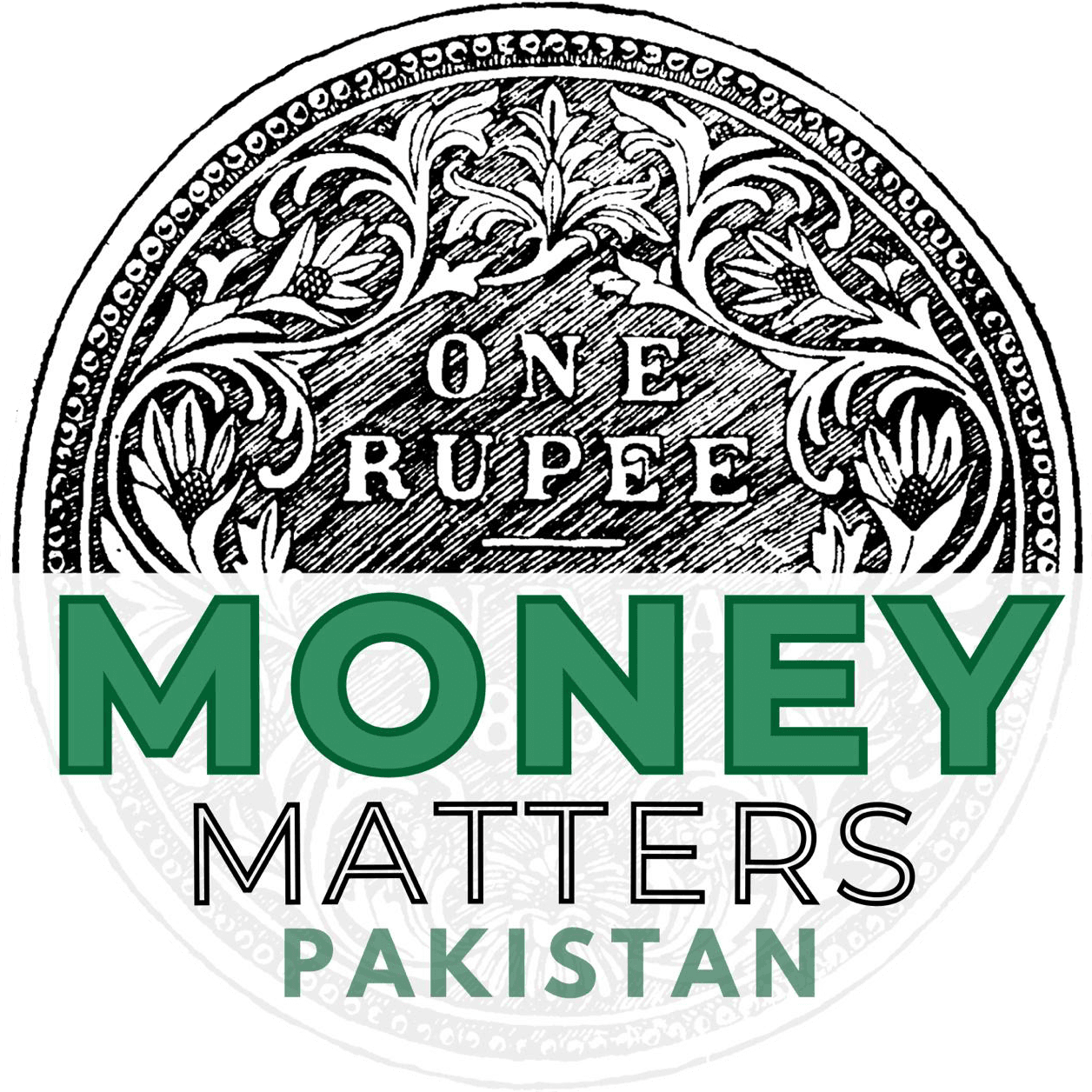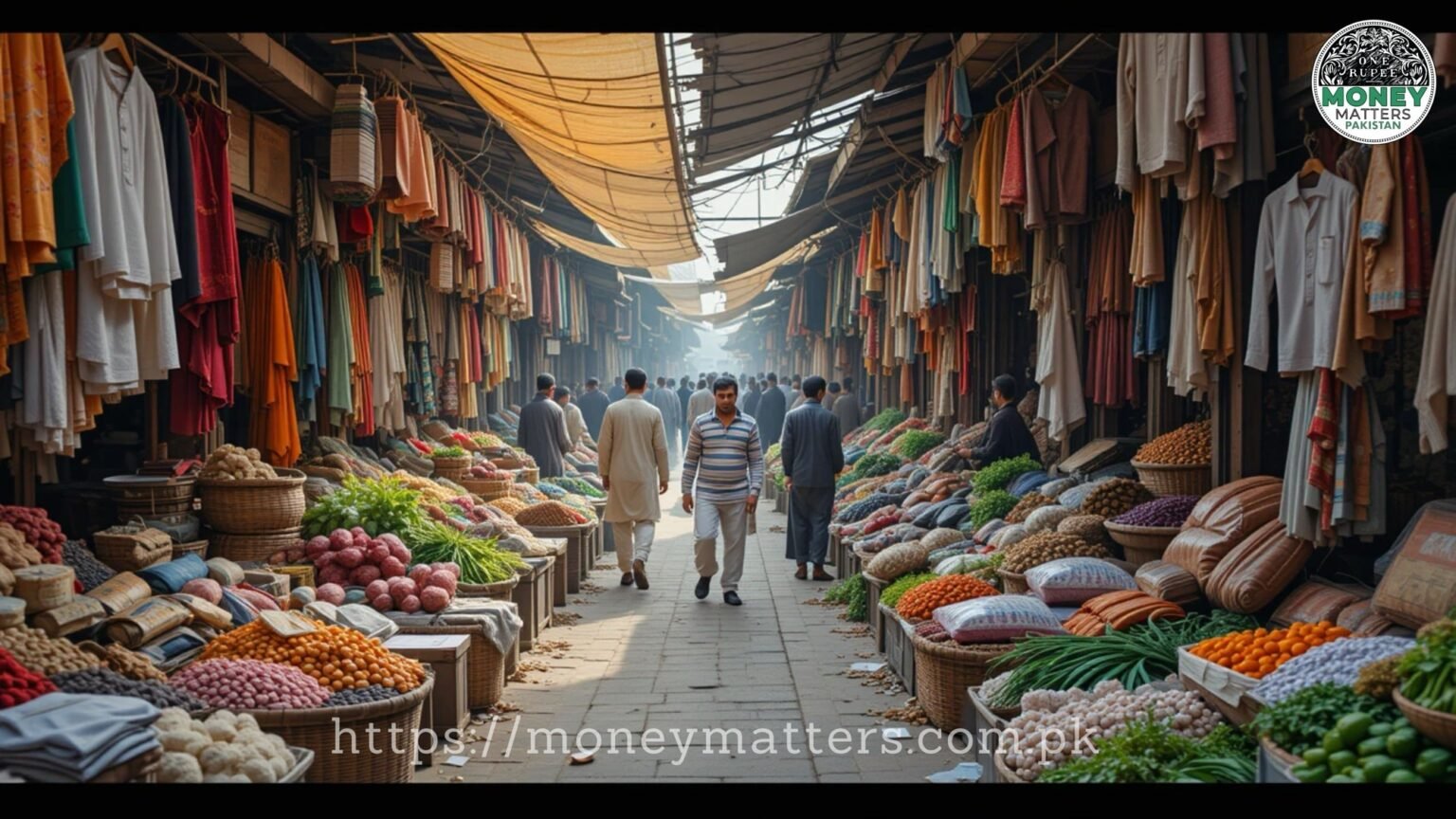Commerce Minister Acknowledges Concentration in Products and Regions; Industry Calls for Addressing Structural Issues
Key Takeaways:
i) Pakistan’s exports remain heavily reliant on a limited range of products and geographical areas, hindering overall growth.
ii) The Commerce Minister highlighted the country’s economic progress due to reforms and international recognition, along with government support for exporters.
iii) Industry leaders emphasize the need to resolve issues like currency devaluation and high energy costs to boost export competitiveness.
Islamabad, Pakistan – April 20, 2025 – Federal Minister for Commerce, Jam Kamal Khan, acknowledged that Pakistan’s export sector continues to face challenges, with exports largely confined to a few products and regions. This statement came during recent discussions with business leaders in Islamabad.
Despite these limitations, Minister Khan emphasized the positive trajectory of Pakistan’s economy, citing structural reforms and increased international confidence. He also highlighted the government’s commitment to supporting the export sector through initiatives such as the Export Finance Scheme and the restructuring of the Export Development Fund.
However, Mian Abuzar Shad, President of the Lahore Chamber of Commerce & Industry (LCCI), presented a more cautious outlook. While acknowledging the government’s efforts, he pointed out the persistent trade deficit and argued that a substantial increase in exports is contingent upon resolving fundamental issues within the industrial sector.
He further noted the lack of diversification in Pakistan’s export portfolio, both in terms of products and destination markets, emphasizing the untapped potential in emerging markets like Africa and Central Asia.
Shad specifically cited the devaluation of the Pakistani rupee, high energy tariffs, and substantial duties on raw materials as key factors that elevate the cost of doing business and undermine the competitiveness of Pakistani exports. He further noted the lack of diversification in Pakistan’s export portfolio, both in terms of products and destination markets, emphasizing the untapped potential in emerging markets like Africa and Central Asia.
The discussions underscore the complex dynamics of Pakistan’s export sector, where positive economic indicators are juxtaposed with persistent structural challenges that require concerted efforts from both the government and the business community.




